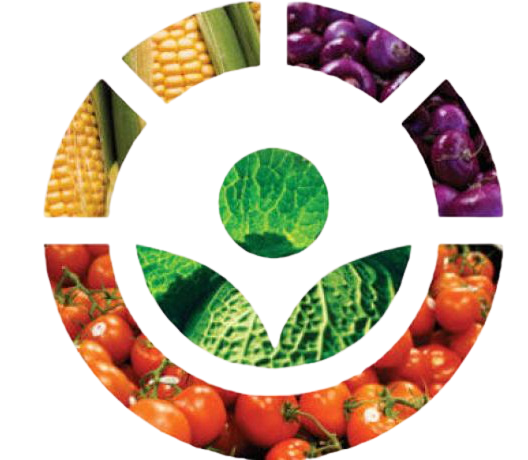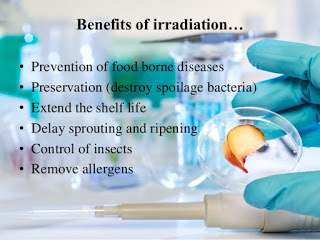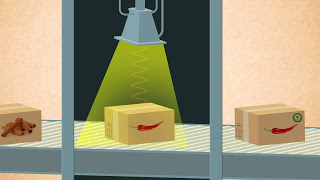Why Is Food Irradiation Misunderstood?
The idea of zapping food with radiation can be very unappealing to some people. But the idea of selling and consuming food that isn’t guaranteed to be shelf-stable can lead to equally frightful consequences. Irradiation in the food manufacturing industry is a very powerful technique that has several food production benefits, but deploying this practice on all food items is simply not feasible for everyone because of a number of variables including the product circumstances, budgets and capabilities of each unique business. In this article, we are going to ask the question and explore the topic, "Why Is Food Irradiation Misunderstood?". In the process, we aim to cover topics such as what food irradiation actually is, the benefits of food irradiation and some of the food science and technology behind food irradiation.
All About Food Irradiation
Food irradiation, or simply exposing food to ionisation, is a process that efficiently removes or greatly  reduces microorganisms and insects, increases safety and enhances the product shelf life. Irradiation will make the product cleaner for the customer and reduces liability for businesses engaged in the manufacturing and commerce of foodstuffs. It's equivalent to pasteurising milk or the sterile canning of vegetable produce. That said, the process of irradiation and the materials used is heavily regulated by regulatory bodies including the FDA which maintains a list of materials approved for Irradiation according to 21 CFR 179.45. Also, pre-packaged goods with an irradiated component that is 10% or more of the finished product must be marked as 'irradiated' in ingredient listings. But why are there so many misconceptions about irradiated food?
reduces microorganisms and insects, increases safety and enhances the product shelf life. Irradiation will make the product cleaner for the customer and reduces liability for businesses engaged in the manufacturing and commerce of foodstuffs. It's equivalent to pasteurising milk or the sterile canning of vegetable produce. That said, the process of irradiation and the materials used is heavily regulated by regulatory bodies including the FDA which maintains a list of materials approved for Irradiation according to 21 CFR 179.45. Also, pre-packaged goods with an irradiated component that is 10% or more of the finished product must be marked as 'irradiated' in ingredient listings. But why are there so many misconceptions about irradiated food?
Some misconceptions about irradiated food
If you ask consumers whether they are more afraid of exposing their food to nuclear radiation or eating food that is contaminated with pathogens such E. coli, Listeria, or Salmonella, you would be surprised at how many people would choose the former. Interestingly, this fear is largely irrational, stemming from deep-rooted misconceptions about the safety of food irradiation. Lack of understanding and misinformation that goes along with the word ‘radiation,’ are largely to blame for consumer scepticism.
Four Reasons Why Food Irradiation Is Misunderstood
There are four (4) main reasons why food irradiation has not gained consumer support:
- As mentioned above, the term “irradiation” can be concerning because consumers perceive it to be associated with radioactivity.
- Consumers are becoming increasingly more cautious with avoiding foodborne illnesses, while their causes, incidence, and prevention are largely misunderstood.
- The media and the majority of health professionals are largely unaware of the benefits of food irradiation.
- Anti-irradiation campaigns have been conducted by activist groups surrounding beliefs about food production, nuclear power, international trade, and the introduction of new technologies (Sommers, 2006).
What Science Says About Irradiation
Irradiation can be used to control the following:
- insect and microbial infestation
- inhibit sprouting
- delay ripening
- reduce pathogenic bacteria such as Salmonella, E. coli, and Listeria.
This can be carried out in three ways: Gamma (γ)rays, x rays, and high-velocity electrons.
Gamma (γ)-rays have a half-life of 5.3 years, making them the most common food irradiation method. They are emitted from radioactive elements, e.g. 60Co (Cobalt) and 137Cs (Cesium). To kill food microorganisms, the food is moved on a conveyor belt past a sealed radioactive source, such as 60Co, for a sufficient time to ensure an average dose of 10 kilogray (kGy).
Exposure of food to a γ-emitting isotope does not make the food radioactive, just like the exposure of food to light (a form of electromagnetic radiation) does not make the food emit light. There is no way the γrays can make other atoms in the food being irradiated, radioactive (Shaw, 2018).
 Lastly, high-velocity electrons can also be used for irradiation. An electron accelerator that produces high-velocity electrons and delivers more than 1010 Gy/s means that food only needs to be irradiated for fractions of a second to kill microorganisms (Shaw, 2018).
Lastly, high-velocity electrons can also be used for irradiation. An electron accelerator that produces high-velocity electrons and delivers more than 1010 Gy/s means that food only needs to be irradiated for fractions of a second to kill microorganisms (Shaw, 2018).
All three methods achieve the same result: food that is free of pathogenic microorganisms, such as E. Coli, Salmonella, and Listeria. If the product requires packaging, food is generally packaged before irradiation, in order to prevent the sterile product from suffering re-contamination during the packaging process (Shaw, 2018).
Are there legitimate concerns with irradiated food?
Arguably, the most concerning issue in the context of consumer health is the toxicity of free radicals in irradiated food. However, the nature of free radicals (extreme reactivity) means that they have extremely short half-lives in food (they react quickly with other food molecules), and that they will be very unlikely to be present in the product when it is consumed.
Food irradiation can also change the composition of treated food by altering their nutritional components, such as vitamins and minerals. Fewer vitamins and minerals do not make food unsafe; however, it does make it less effective nutritionally. It is important to note that other methods of food preservation have the same effect. For example, both freezing and thermal processing can cause significant decreases in food’s vitamin levels (Shaw, 2018).
The key to consumer acceptance of food irradiation
Education. Consumer studies show that if consumers are given even a small amount of accurate information
about food irradiation, they are willing to buy irradiated foods and often prefer them to foods that have been treated by conventional means. Studies have also shown that information providing consumers with information about the true nature of irradiation and its benefits is correlated to changes in consumer attitudes toward irradiation (Sommers, 2006).

Therefore, false beliefs - such as that irradiated foods are rendered radioactive, must be countered with a basic scientific understanding. It is important that consumers are educated on the facts and benefits of irradiation (Zheng, 2019).
Does irradiation eliminate the need for traditional food safety processes?
No. However, when irradiation is used in combination with other technologies, as well as an effective Hazard Analysis Critical Control Points (HACCP) program, irradiation becomes a highly effective and viable sanitary and phytosanitary treatment for food and agricultural products. Irradiation is one of the most effective interventions available because it significantly reduces the dangers of primary and cross-contamination while only minimally affecting nutritional attributes (Sommers, 2006).
Frequently Asked Questions About Food Irradiation
Food irradiation takes place when a precisely calculated amount of ionising radiation is applied to food. Radiant energy (electrons, gamma rays, or x-rays) eliminates chemical bonds, leaving food fresh, but with particular sterilization qualities and shelf-life advantages.
The FDA has approved a large list of food products in varying food groups including Beef and Pork, Crustaceans, Fresh Fruits and Vegetables., Lettuce and Spinach, Poultry, Seeds for Sprouting (e.g., for alfalfa sprouts), Shellfish and more!



